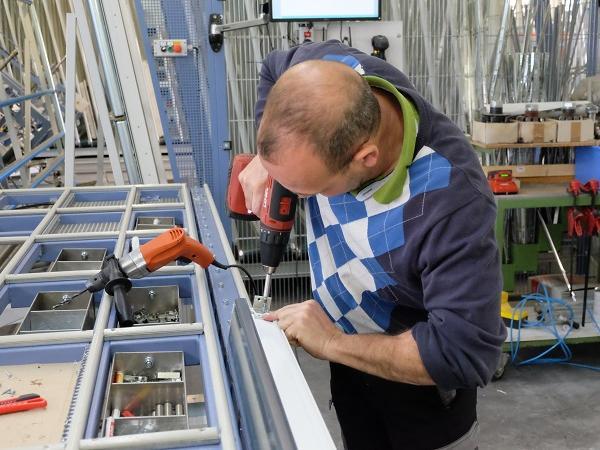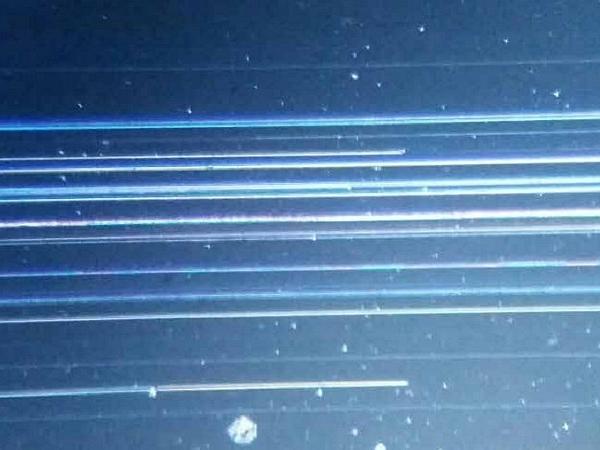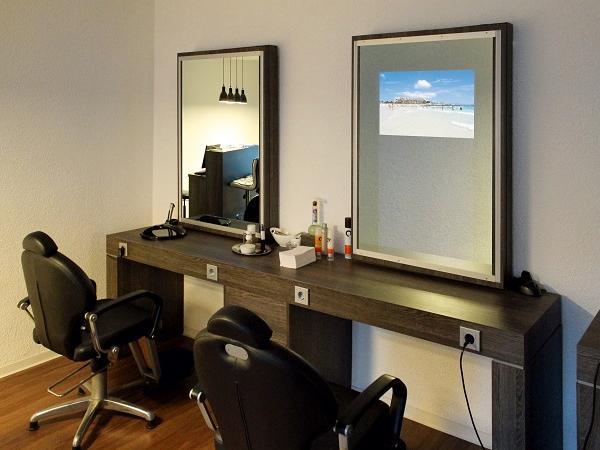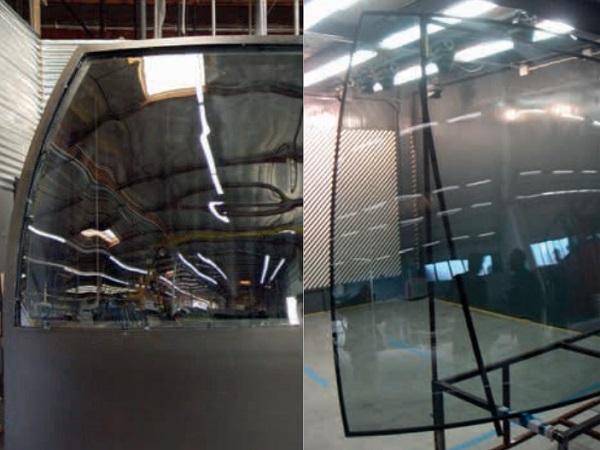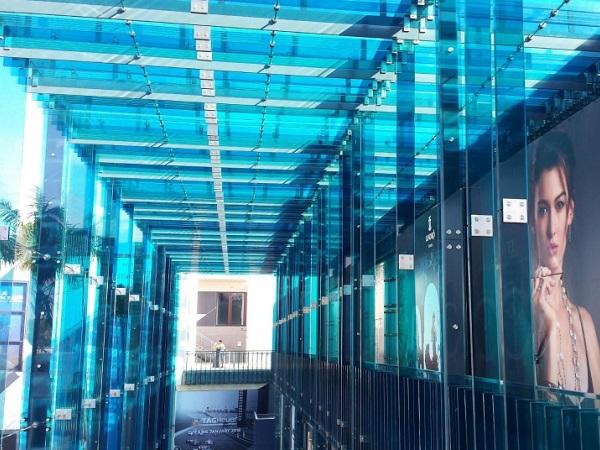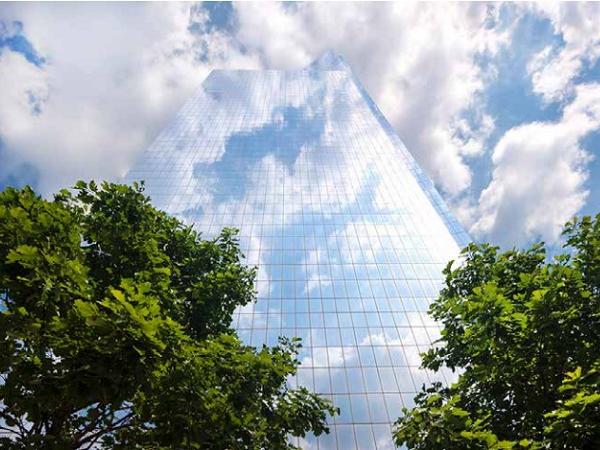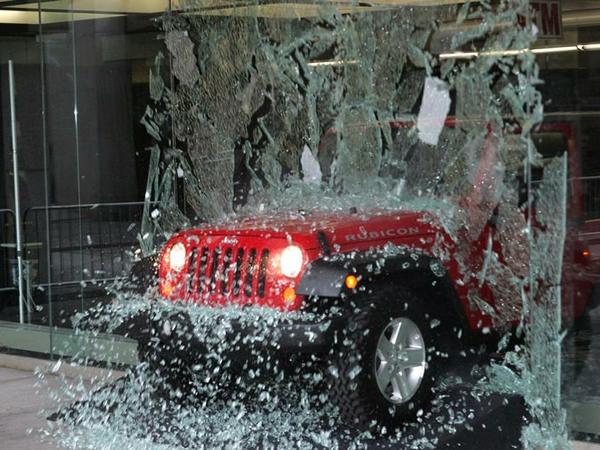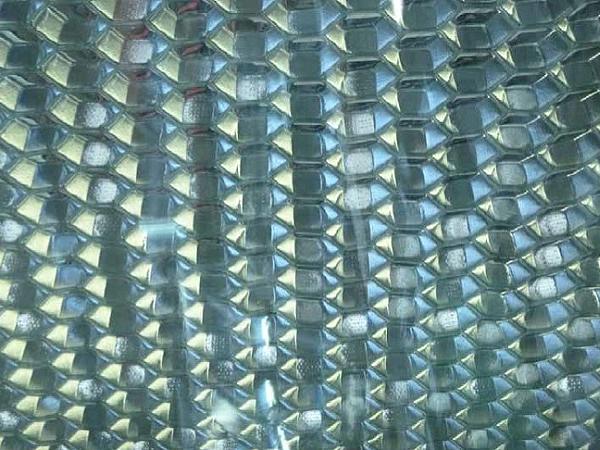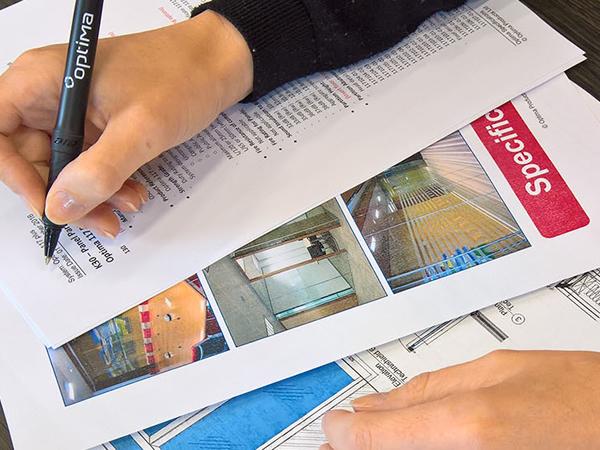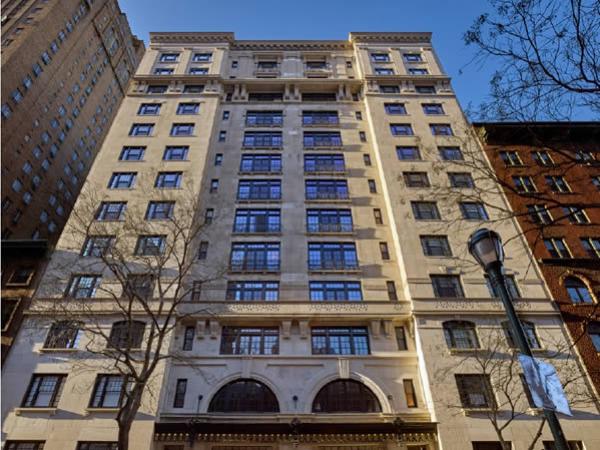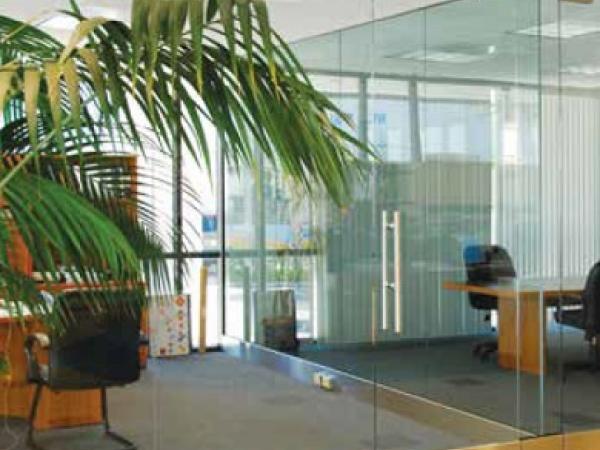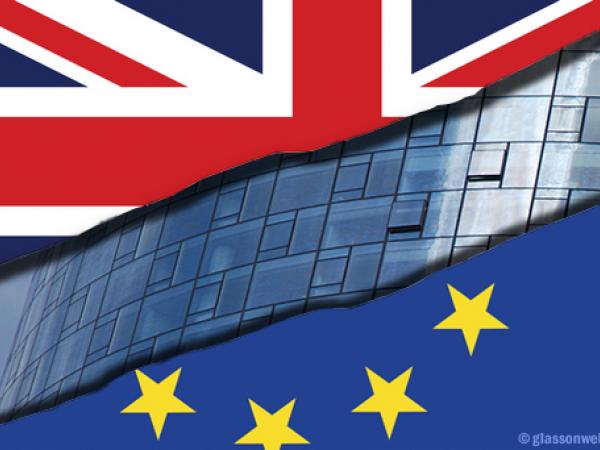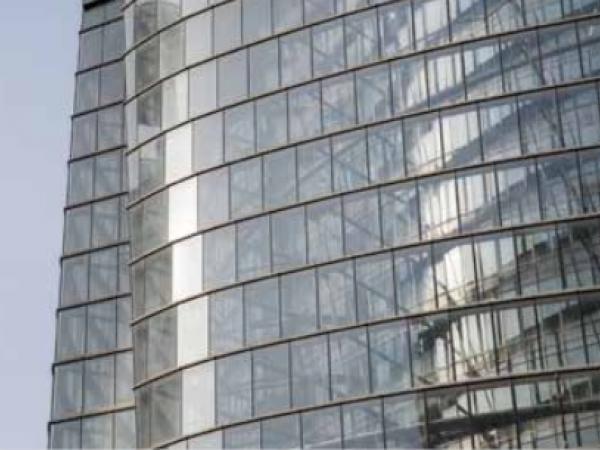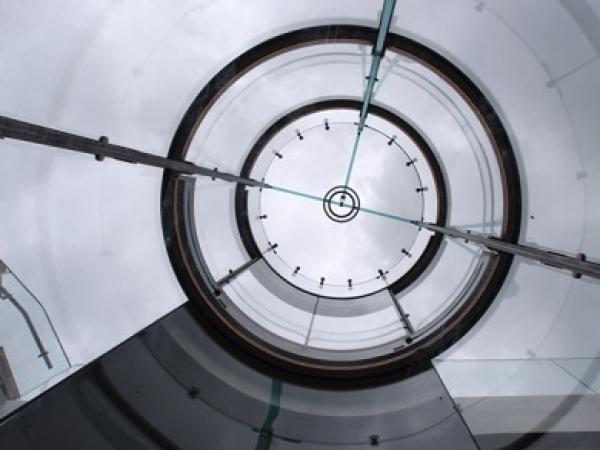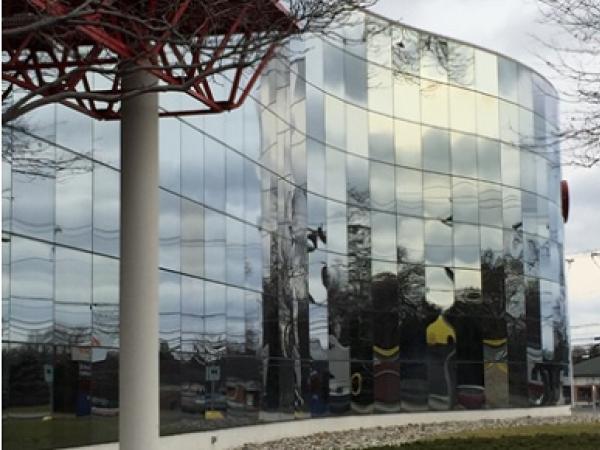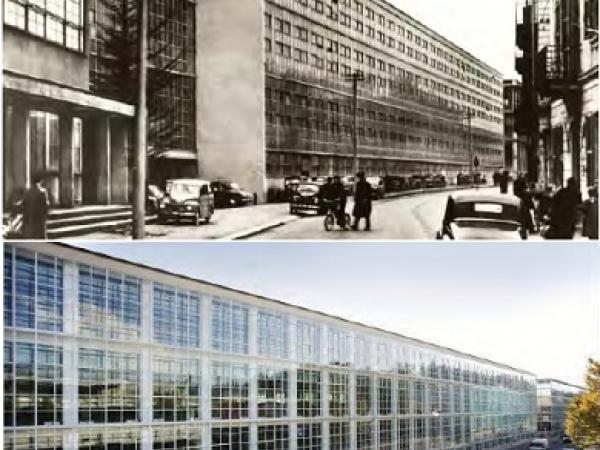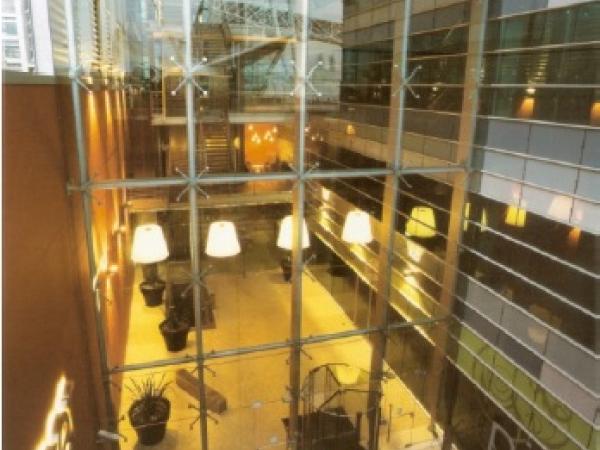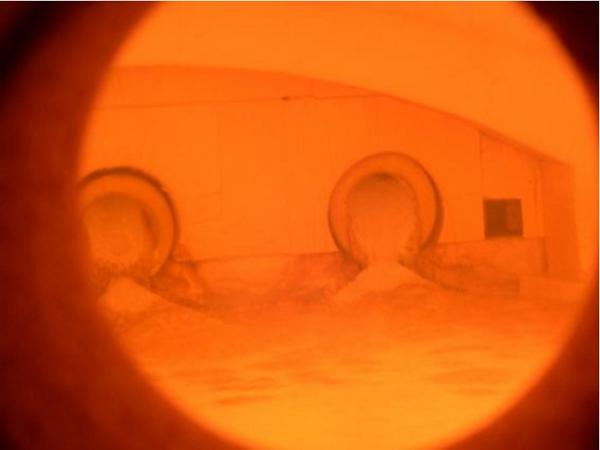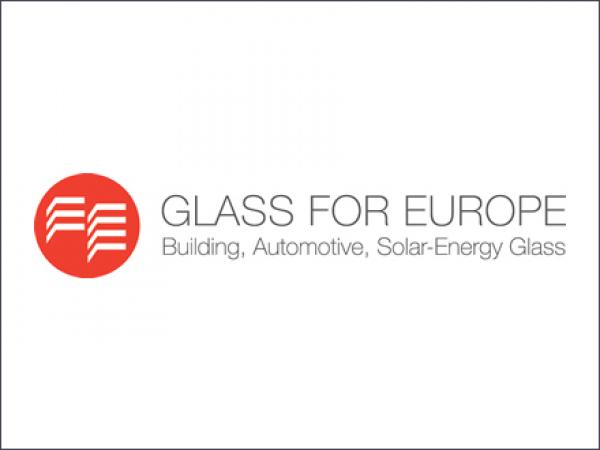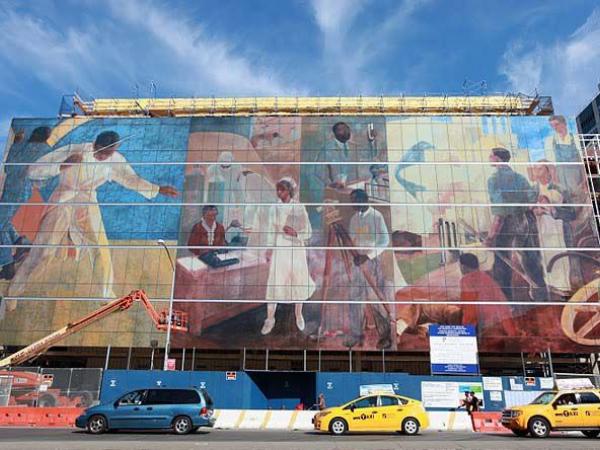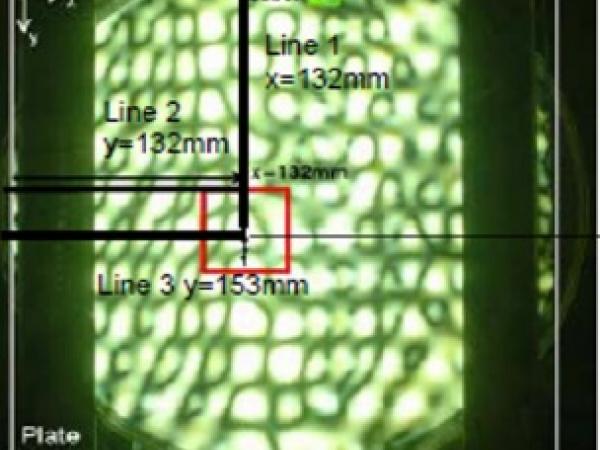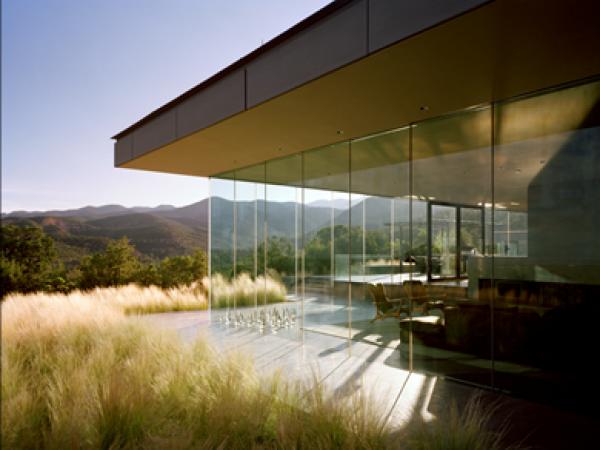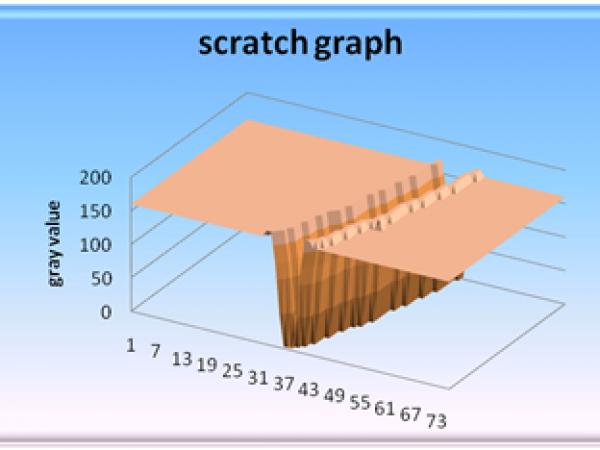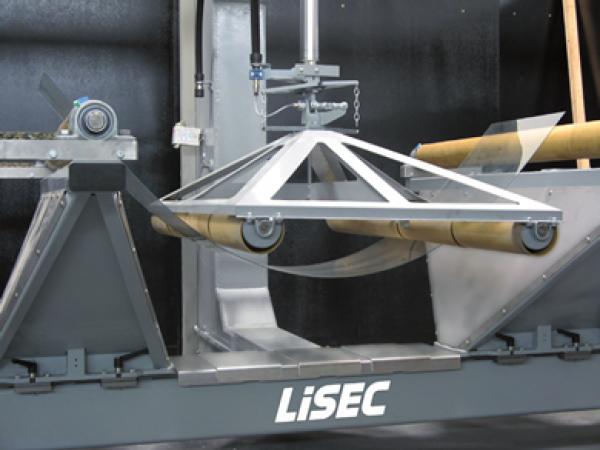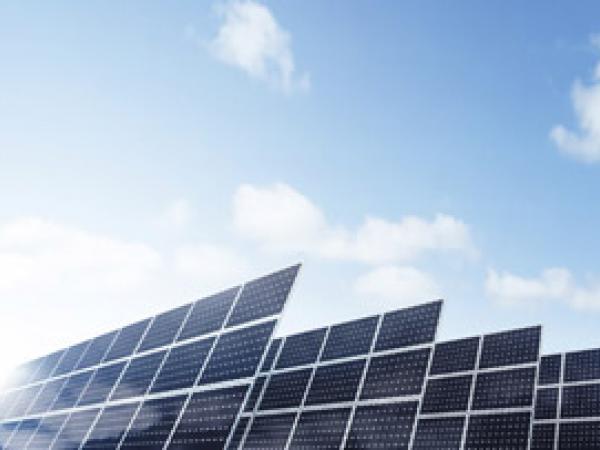Others also read
| Presented below are some of the special challenges facing the skilled glass-processing trades: many products are becoming smarter.
| The author proposes a simple surface quality test using a standard window cleaning scraper and common smartphone or shop microscope.
| At glasstec 2018 in Düsseldorf exhibitors will present intriguing developments in the display glass segment. This theme is also addressed in a very special way by the expert conference “Function meets Glass” on 22 and 23 October.
| Arup are consulting engineers for a series of recent projects involving curved glass: The High Roller observation wheel in Las Vegas and a revolving feature lift for the new Louis Vuitton townhouse in London.
| This article will focus on the edge stability of PVB and ionoplast laminates and address the potential causes of blemishes.
| Case Studies of the Aesthetic Qualities and Possibilities of Glass in Architectural Design.
| Glass is a fantastic material… but sometimes it breaks.
| To provide stiffness, shading and privacy with abundant daylight and a feeling of openness for restaurant extensions and an entrance canopy to a London hotel, we used glass sandwich panels with aluminium honeycomb core.
| What relevance do British Standards have on the specification of partitions?
| The AGI educational series illustrates and describes common glazing challenges as a means to communicate best practices for the design and construction industry, not as a sole source for design guidance.
| Stiff PVB is suitable for a much wider range of applications than more traditional PVB interlayers.
| glassonweb.com contacted the major players in the flat glass industry, asking for their statements regarding the Brexit vote results and how they see it affecting the near future of the European glass and construction markets.
| Enhanced strength, edge performance and visual clarity of SentryGlas® interlayer key to The Shanghai Tower’s unique twisting double skin glass façade
| Glass, a material with the unique property to let light inside an area, is normally used in building practice as just an enclosure. Its use in facades is also due to its chemically inert properties; it can be cleaned easily and remains good for many years.
| Spandrel glazing has developed to a stage where more efficient insulation can generate higher thermal stresses than can normally be resisted by heat strengthened (HS) glass on which ceramic enamel (frit) has been applied.
| The recent issues related to energy saving and environmental sustainability in the construction sector are particularly problematic for professionals dealing with existing buildings, especially when buildings have a historic value...
| Currently modern facade buildings rely on glazed curtain wall systems. These systems include either singular aluminium alloy frame glass curtain walls or frameless glass curtain walls. This is the case of the so called spider fixing systems, which are pointed supported.
| Melting glass is a very energy intensive process, with process temperatures of more than 1600°C required to melt the raw materials in the furnace.
| Transposing the EPBD in national laws, why it is so important for the glass industry?
| Modern digital printing technologies using ceramic inks are providing new interesting opportunities for longlasting decorations and optical effects on glass.
| The paper shows that the residual stress at the surface of tempered glass panels may vary both locally and globally, i.e., stresses near the edges and corners of the panels may be considerably different from the stresses in the middle part of the panels.
| The canopies are a composite construction between both steel and glass, leaving no element without stress or structural function.
| Glass industry standards in different countries require 24/7 quality control with the same specifications and fully automated analyses and following statistics.
| At this year's GPD in Finland LiSEC was represented by two lecturers.
| Was Fukushima like Chernobyl? There are those who say yes, and those who lean toward no. That is, from a purely technical point of view. But, in the eyes of the media, or of people’s awareness in general, the difference is huge.

